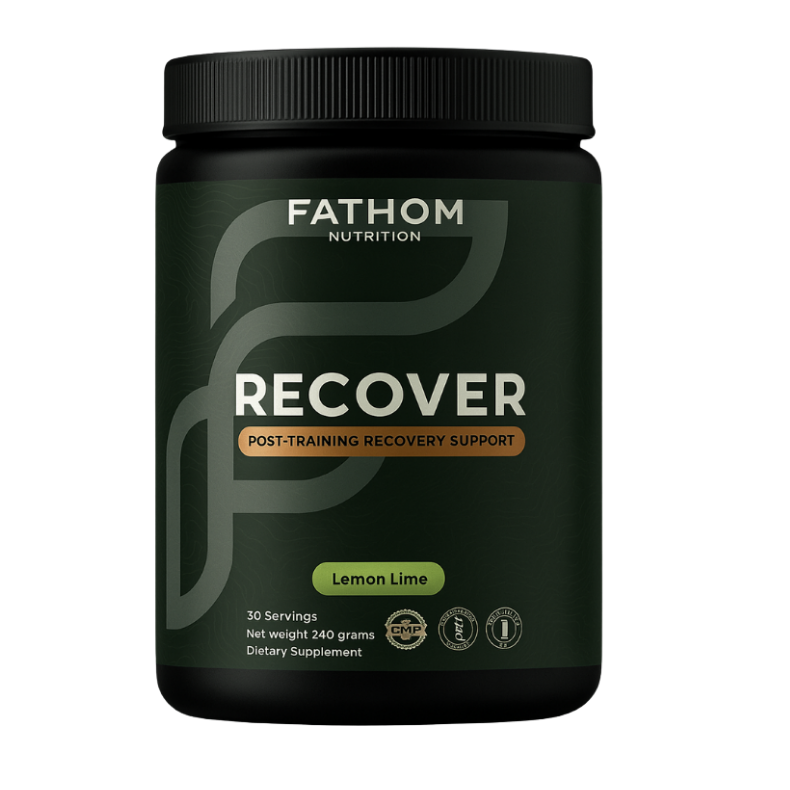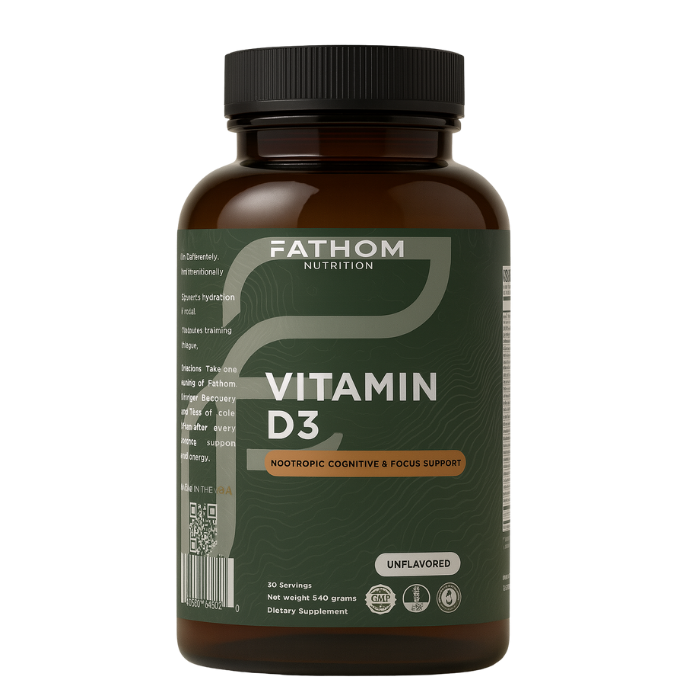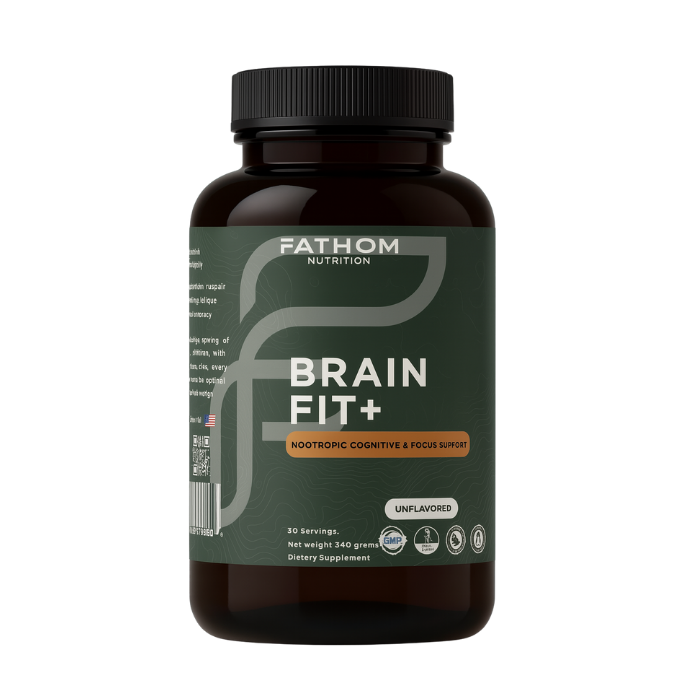Winter Bulking Done Right: A Scientific Guide to Gaining Lean Mass, Strength, and Performance

Winter gives athletes a unique leverage point. Training time often moves indoors, social calendars stabilize, and environmental stress shifts from heat to cold. That combination creates a window to drive new tissue growth without compromising your engine. Bulking, in this context, does not mean indiscriminate eating. It means engineering a small, sustained energy surplus, saturating muscle with high-quality protein at the right cadence, and organizing training so mechanical tension and training volume convert calories into contractile tissue rather than stored fat.
This guide shows you how to run that process end to end. You will learn precisely how to size your surplus, distribute protein across the day, anchor carbohydrate to sessions, set volume landmarks in the gym, protect endurance economy, and manage hydration and sleep in cold weather. Templates at the end translate these principles for lifters, runners, cyclists, and mixed-modality athletes including CrossFit and HYROX competitors.
Part I — Strategy before tactics: define the outcome you want
Bulking only succeeds when the outcome is unambiguous. “Gain five to eight pounds of lean mass while keeping waist change under one inch” is a useful winter target for most trained adults. The number matters less than the clarity. Clarity drives three choices that follow:
-
Surplus size small enough to limit fat gain but large enough to fund new tissue.
-
Training volume high enough to stimulate growth, low enough to recover.
-
Monitoring tight enough to steer week by week without micromanaging day to day.
A lean winter bulk is a three-month experiment. Treat it that way. Commit to a plan and adjust only on weekly review.
Part II — Energy: the lever you must set correctly
Start with maintenance, then add a modest surplus.
If you have several months of food logs, use them. If not, estimate maintenance from recent intake during stable body weight. From that baseline:
-
Experienced lifters generally do best with a surplus around two hundred to three hundred calories per day.
-
Novice or detrained lifters can push three hundred to five hundred due to higher responsiveness.
-
Endurance-dominant athletes should start lower to avoid compromising economy and running mechanics.
Reassess weekly by looking at your rolling seven-day average body weight, a relaxed morning waist measurement, and training quality. If weight is flat for two weeks and training quality is strong, increase intake by a hundred calories per day. If weight is climbing quickly and waist jumps more than a quarter inch in a week, reduce by a hundred.
Fuel the training week, not just the day.
Heavy lower sessions, power sessions, and your single hard endurance day are your costliest stimuli. Push carbohydrate toward those days. On easy or rest days, hold protein constant and pull carbohydrate back slightly, keeping fats moderate so hunger stays comfortable.
Part III — Protein: dose, timing, and distribution
The simplest high-yield target for bulking athletes is about 1.6 to 2.2 grams of protein per kilogram of body mass per day. Distribute this across three to five feedings. What matters is not only total protein but distribution. Most adults hit higher synthesis rates when each feeding contains a meaningful amount of leucine and essential amino acids, which usually means twenty five to forty grams of high-quality protein depending on body size and age.
Practical cadence
-
Breakfast or first meal: twenty five to forty grams
-
Post-training or next major meal: another twenty five to forty grams
-
Afternoon or evening main meal: twenty five to forty grams
-
Optional pre-sleep protein (casein or Greek yogurt): twenty to thirty grams, especially during heavy weeks
Keep the pattern stable even on lighter training days. The signal to build tissue comes from both tension in the gym and the amino acid environment in the hours after.
Part IV — Carbohydrate and fats: performance first, then preference
Carbohydrate funds volume and helps you lift and sprint at high quality. The higher your total training load, the more you will benefit from carbohydrate that surrounds key sessions. Anchor at least one to two meals rich in carbohydrate to heavy lifting and your hard endurance day. On easy days, you can pull back a little, but beware of cutting so far that the next day’s quality drops.
Fats stabilize appetite and support hormones, but they can crowd out carbohydrate if pushed too high. In a growth block prioritize performance carbohydrate, keep fats moderate, and choose sources you digest well. Nut butters, olive oil, avocado, eggs, fatty fish, and dairy all work if you tolerate them.
Part V — Training: make every rep count toward hypertrophy
Building lean mass is not a mystery. It is a function of mechanical tension and effective training volume applied over weeks. To make that work in winter, use these landmarks:
-
Frequency two to three hypertrophy exposures per muscle group weekly will serve most athletes.
-
Effort bring your working sets within about one to three reps in reserve on compound lifts and to near-failure on select isolation work.
-
Volume begin near the lower end of your recoverable volume and add a set here or there only when recovery is robust and performance stays high.
A clean winter split looks like this:
Day 1 heavy lower and trunk
Back squat or safety bar squat for sets of three to six, single-leg work, hinge, and anti-rotation.
Day 2 push and pull hypertrophy
Presses and rows across moderate rep ranges with targeted isolation for shoulders and arms.
Day 3 power and posterior chain
Olympic-style pulls or loaded jumps at low volumes, Romanian deadlifts or hip thrusts, glute medius and adductor work.
Day 4 upper hypertrophy or total body moderate
Additional chest and back volume, arms, and a core finisher.
If you train four days weekly, this covers you. If you train three, rotate emphasis by week. The key is progressive overload expressed as more load across the same reps, more reps at the same load, or tighter execution at the same numbers.
Deloads
Every fourth week, reduce total working sets by about a third and keep the heaviest lifts two to three reps from failure. You will not lose progress. You will consolidate it.
Part VI — Hybrid athletes: protect the engine while you grow
Runners, cyclists, skiers, HYROX and CrossFit athletes can bulk intelligently without losing economy. The trick is signal management.
-
Use polarized endurance. Keep most aerobic work easy with one high-quality session per week.
-
Sequence correctly. Lift heavy on a different day than your hard endurance, or separate by at least six to eight hours with full meals between.
-
Choose modalities that reduce interference. On easy days, cycle or row instead of pounding more miles if your legs stay sore from squats.
-
Fuel the hard days more. Carbohydrate before and after your key endurance and heavy lift sessions preserves performance and recovery.
A weekly scaffold for busy hybrids looks like:
-
Monday heavy lower and trunk
-
Tuesday easy aerobic forty to sixty minutes
-
Wednesday upper hypertrophy
-
Thursday VO2 or threshold (single quality endurance session)
-
Friday off or mobility
-
Saturday total-body moderate plus loaded carries
-
Sunday easy aerobic thirty to forty minutes
This protects both streams while letting you eat with purpose.
Part VII — Hydration and electrolytes in cold weather
Cold changes behavior. Thirst blunts, yet respiratory water loss rises with dry winter air, and indoor heated spaces evaporate moisture fast. You can be in a deficit without realizing it. A simple plan:
-
Start euhydrated. Sip water in the morning rather than chugging once you feel thirsty.
-
Dose sodium when it counts. After long sessions or sauna, include sodium to speed fluid retention and normalize plasma volume.
-
Replace deliberately. If you track body mass, aim to replace roughly the losses over a few hours. A small snack with salt improves recovery.
If you prefer a single, repeatable post-training routine, mix one serving of RecoverFIT by Fathom Nutrition in cold water after sessions. It provides electrolytes plus a recovery-focused stack designed for athletes who train frequently, and it layers cleanly with your protein and carbohydrate meal without forcing added sugar. Consistency is where most bulks fail; frictionless hydration and recovery help you stay on track.
Part VIII — Sleep, light, and winter physiology
Sleep is non-negotiable for growth. Target seven to nine hours with reliable timing. A few winter nuances matter:
-
Daylight exposure after waking anchors your circadian clock and improves sleep onset at night. Even in overcast winters, morning outside light is stronger than indoor lighting.
-
Caffeine timing has a half-life that can drag into late day; keep the last dose early enough that it never dents sleep latency.
-
Heat management is your ally. Warm showers or sauna ninety minutes before bed can help you fall asleep by triggering a cooling rebound afterward.
-
Vitamin D status drifts lower in short daylight months. Discuss blood testing with a clinician if winter fatigue or low mood is a pattern for you.
Your training stimulus is only as good as the sleep that follows it. Protect that window like a session.
Part IX — Supplements that actually support a winter bulk
A short list covers ninety percent of what matters:
-
Creatine monohydrate. Five grams daily. Enhances training quality in strength and power sessions and supports lean mass gain over months.
-
Protein powders. Whey, casein, or a well-formulated plant blend make distribution easy when appetite lags.
-
Caffeine. Three to six milligrams per kilogram before select hard sessions if tolerated. Avoid late in the day.
-
Electrolyte and recovery support. Post-training, RecoverFIT is a convenient way to restore sodium and begin the recovery signaling process, especially if you train again within twenty four hours.
You do not need an exotic stack. You need consistency with the basics and a product quality bar that keeps contamination risk low.
Part X — Micronutrients and foundations
Winter is a good time to audit dietary patterns:
-
Iron matters for endurance athletes and menstruating individuals; fatigue and declining sessions warrant investigation with a clinician.
-
Omega-3 intake from fatty fish or supplements can support general health; it is not a hypertrophy trigger but complements recovery.
-
Magnesium intake from whole foods or a well-tolerated form can help those with chronically low intakes, especially when sleep and muscle function suffer.
-
Fiber and GI comfort keep your surplus viable. Increase slowly and spread across the day to avoid gut distress that kills appetite.
The signal here is not to chase pills but to remove rate limiters.
Part XI — Meal building without math overload
A day in the life for a one hundred eighty pound hybrid athlete might look like:
-
Meal 1 eggs or tofu scramble, oats with fruit, Greek yogurt, and a glass of milk or fortified alternative
-
Meal 2 (post-training) rice or potatoes, lean meat or tempeh, mixed vegetables, fruit
-
Meal 3 wraps or bowls with rice, beans or lentils, salsa, avocado, and a side salad
-
Meal 4 (evening) salmon or chicken thighs with roasted root vegetables and olive oil, plus a protein-rich dessert like cottage cheese with berries
-
Optional pre-sleep casein or yogurt if hungry
Adjust portions to your surplus target. Add energy-dense but nutrient-rich extras—olive oil, nuts, dried fruit, honey—when your appetite dips.
Part XII — Sample winter bulking programs
A. Four-day lifter’s plan
Day 1 — Heavy lower and trunk
Back squat or safety bar squat, four to five sets of three to six
Rear-foot elevated split squats, three sets of six to eight per leg
Romanian deadlift, three sets of six to eight
Anti-rotation press and side plank work
Day 2 — Upper hypertrophy
Incline press, four sets of eight to ten
Chest-supported row, four sets of eight to ten
Overhead press, three sets of six to eight
Lat focus pull, three sets of ten to twelve
Biceps and triceps finishers to near-failure
Day 3 — Power and posterior chain
Hang power clean or jump squat, five waves of low-rep work
Hip thrust or glute bridge, three sets of eight to ten
Hamstring curl, three sets of ten to twelve
Adductor and glute medius accessories for stability
Day 4 — Upper or total body moderate
Flat press or weighted push-up
Chin-ups or pulldowns
Single-arm dumbbell rows
Face pulls and rear delt raise
Core finisher
B. Hybrid plan for runners and cyclists
Keep one quality endurance day, two easy aerobic days, and two lifting days.
-
Mon heavy lower
-
Tue easy aerobic forty to sixty minutes
-
Wed upper hypertrophy
-
Thu threshold or VO2 session
-
Sat total-body moderate plus carries
-
Sun easy aerobic thirty to forty minutes
Fuel hard days with extra carbohydrate. On easy days, maintain protein and pull carbohydrates back slightly.
C. CrossFit and HYROX emphasis
Sequence the week to respect skill and engine:
-
Mon heavy lower and trunk
-
Tue station economy or skill-dense piece at submaximal pace
-
Wed VO2 on bike or rower
-
Thu upper strength plus short, low-density metcon
-
Sat brick work for HYROX or benchmark skill-priority piece for CrossFit
-
Other days easy aerobic or mobility
Post-session, consolidate hydration and recovery with RecoverFIT, then eat a mixed meal that includes your second protein feeding of the day.
Part XIII — Monitoring and course correction
Every seven days, review:
-
Body weight seven-day average
-
Waist relaxed morning measurement
-
Training quality subjective and objective (loads moved, rep quality, aerobic pace at a fixed heart rate)
-
Sleep duration and continuity
If weight is flat and performance is excellent, add one hundred calories per day. If weight jumps faster than intended and waist follows, pull back by the same amount. If training quality dips and sleep suffers, deload or reduce nonessential endurance volume for four to seven days.
Remember that water retention and glycogen shifts create noise. You care about trend, not one day.
Putting it all together
A successful winter bulk is not a miscellaneous pile of meals and gym selfies. It is a quiet, methodical run of weeks where you hit a modest surplus, keep protein distribution boringly consistent, load the bar with intent, protect one high-quality endurance session, and sleep like it is your job. When in doubt, simplify:
-
Eat a little more than maintenance
-
Lift hard enough to make progress without chasing failure every set
-
Keep most cardio easy with one honest hard day
-
Drink on purpose, even when cold blunts thirst
-
Repeat the same recovery ritual after training so you never skip it
If you want a one-step post-session routine, mix one serving of RecoverFIT in cold water, then eat a protein-rich meal with a performance-appropriate carbohydrate serving. That combination solves the two failure points most bulks suffer from: inconsistent hydration and sporadic protein.
By the time spring returns, you will have a bigger engine, more contractile tissue, and a body that holds that strength in real movement. That is the definition of a winter well spent.











